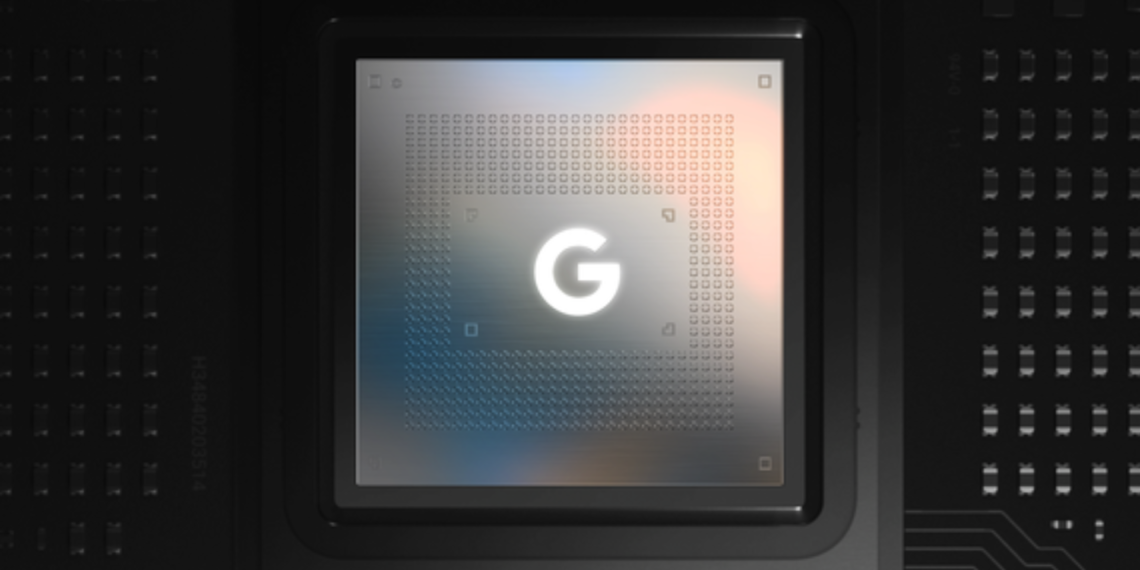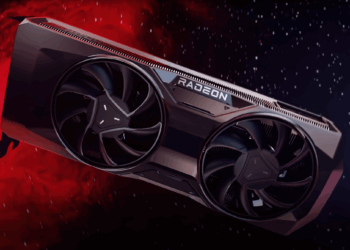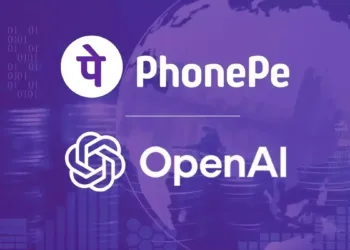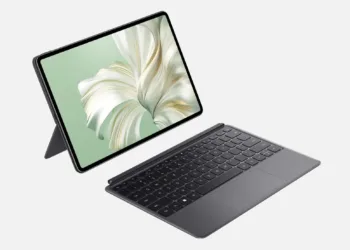Google’s Tensor G5 chip scores 2,276 single-core and 6,173 multi-core in Geekbench tests, trailing significantly behind Snapdragon 8 Elite’s ~3,000 and ~10,000 scores. The performance gap raises questions about Google’s chipset strategy for Pixel phones.

Table of Contents
Flagship Chipset Performance Comparison
| Chipset | Single-Core | Multi-Core | Performance Gap |
|---|---|---|---|
| Snapdragon 8 Elite | ~3,000 | ~10,000 | Leading performance |
| Dimensity 9400 | ~2,800 | ~8,500 | Strong competitor |
| Tensor G5 | 2,276 | 6,173 | 24% slower single-core |
| Snapdragon 8 Gen 3 | ~2,200 | ~6,500 | Similar to Tensor G5 |
Tensor G5 Performance Reality
The leaked Geekbench scores position Tensor G5 around Snapdragon 8 Gen 3 levels, representing incremental improvement over previous Tensor generations. However, the chip remains significantly behind current flagship standards set by the Snapdragon 8 Elite.
Google‘s focus appears to prioritize AI processing and efficiency over raw computational power, targeting Google Pixel phone users who value AI features over gaming performance.
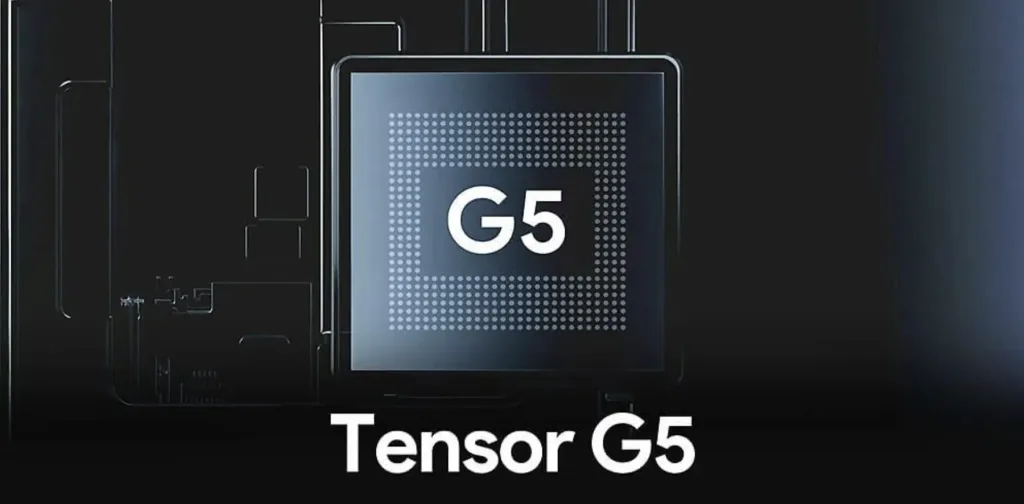
Competitive Landscape Analysis
The 24% single-core performance gap versus Snapdragon 8 Elite highlights Google’s continued struggle in flagship chipset performance. Dimensity 9400’s competitive positioning further pressures Tensor G5 in the Android flagship market.
For users prioritizing mobile gaming performance, Tensor G5’s scores suggest limitations compared to Qualcomm and MediaTek alternatives.
Google’s AI-First Strategy
Despite benchmark disadvantages, Tensor G5 likely excels in AI workloads and machine learning tasks specific to Pixel features. Google’s custom silicon strategy focuses on optimizing for computational photography, voice processing, and on-device AI rather than traditional benchmarks.
This approach appeals to users valuing AI smartphone features over pure processing power, particularly in photography and voice assistant capabilities.
Market Positioning Implications
The performance gap positions Pixel phones as premium mid-range devices rather than true flagship competitors. Users seeking maximum performance may prefer Snapdragon 8 Elite phones for gaming and intensive applications.
However, Google’s integrated software experience and AI capabilities could offset raw performance disadvantages for many consumers.
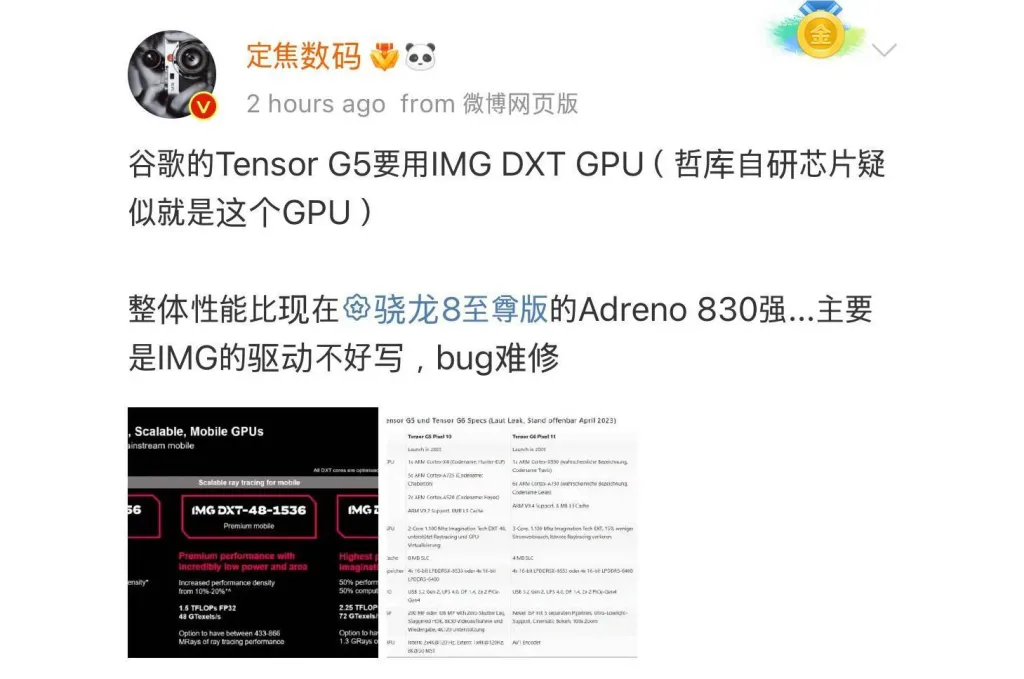
Future Tensor Development
Google needs significant architectural improvements to compete with Qualcomm and MediaTek in future generations. The company’s partnership with Samsung for chip manufacturing may limit performance optimization compared to TSMC-manufactured competitors.
Real-World Performance Expectations
While benchmarks show clear gaps, real-world Pixel performance often exceeds benchmark predictions due to software optimization. Google’s tight hardware-software integration creates smooth user experiences despite lower theoretical performance.
FAQs
Is Tensor G5 fast enough for gaming and heavy apps?
Performance matches Snapdragon 8 Gen 3 levels, adequate for most tasks but trails current flagship standards.
Why does Google use Tensor chips if they’re slower than competitors?
Google prioritizes AI processing, photography, and software integration over raw benchmark performance.

